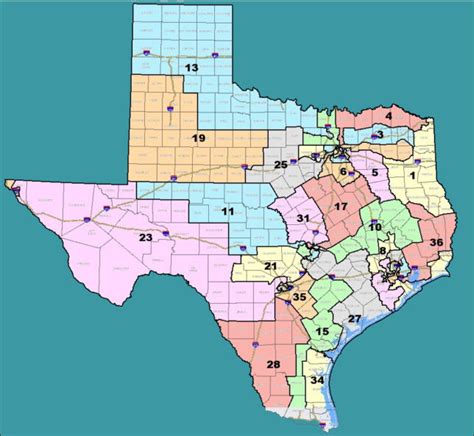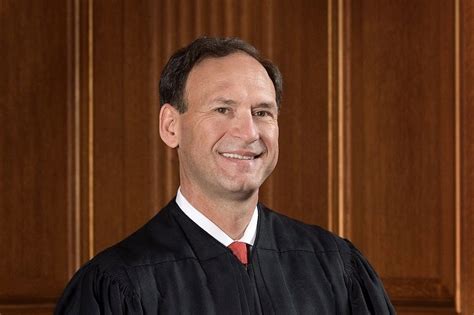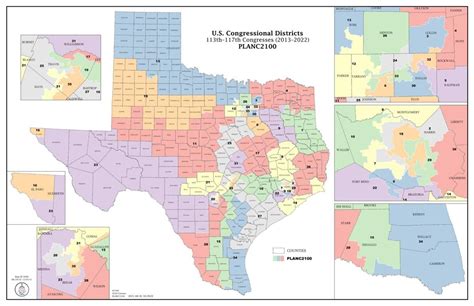
Supreme Court Puts Texas Redistricting on Hold
What's Happening with Texas Redistricting?
In a move that could significantly impact the political landscape of the United States, the U.S. Supreme Court has temporarily blocked a lower court's decision that would have prevented Texas from implementing its new congressional map. This development comes in the middle of a contentious battle over redistricting that has national implications.

The Background: A Mid-Decade Redistricting Controversy
Redistricting, the process of drawing boundaries for electoral districts, typically occurs once every decade following the census. However, in a move that has drawn significant attention, Texas Republicans undertook a mid-decade redistricting in 2025. The new map is projected to secure five additional Republican seats in the House of Representatives, making it a key battleground in the ongoing fight for control of Congress.
The controversy escalated when a federal district court judge, Jeffrey Brown, appointed by former President Trump, issued a 160-page decision invalidating the redistricting effort. The court found "substantial evidence" that the new map constituted an illegal racial gerrymander, violating federal law and Supreme Court precedent that prohibits using race as the predominant factor when drawing electoral maps.
The Supreme Court's Intervention
On November 21, 2025, Supreme Court Justice Samuel Alito granted an administrative stay, effectively pausing the lower court's ruling that would have blocked the new map. This "time out" allows the Supreme Court more time to consider the merits of the case without making any determination on the actual legality of the redistricting plan.
The Texas government, led by Governor Greg Abbott, had filed an emergency petition with the Supreme Court just hours before Alito's decision. The state argued that the timing of the lower court's ruling—just weeks before the December 8 candidate filing deadline for the 2026 elections—would create chaos in the electoral process. Campaigning had already begun, candidates had gathered signatures, and early voting for the March 3, 2026 primary was only 91 days away.

The Core Dispute: Race or Politics?
At the heart of this legal battle is a fundamental question: Was Texas' redistricting effort driven by racial considerations or political strategy?
The lower court majority pointed to explicit guidance from the Trump Justice Department requesting redistricting "based entirely on the racial makeup" of four Democratic-held districts. They argued this demonstrated that race was the predominant factor, which is illegal under federal law.
In a sharp dissent, Judge Jerry E. Smith accused the majority of "doing the bidding of liberal billionaire activist George Soros" and suggested the redistricting was purely partisan—a political strategy aimed at gaining Republican seats, which he argued is a legal exercise. "The most obvious reason for mid-cycle redistricting, of course, is partisan gain," Smith wrote.
What's Next?
The Supreme Court has asked for a response from the plaintiffs in the case by Monday at 5 p.m. The justices are expected to make a more definitive decision on whether to grant a longer-term stay by December 1, 2025. This timeline is crucial as it would determine whether the 2025 map can be used for the 2026 midterm elections.
Regardless of the outcome, this case is part of a broader nationwide redistricting arms race initiated by the Trump administration as part of a bid to retain Republican control of the narrowly divided House of Representatives. The resolution of the Texas case could set important precedents for similar battles in other states.
As the electoral calendar continues to tick down toward the 2026 midterms, the stakes in this redistricting battle continue to rise, with potential implications for the balance of power in Congress for years to come.
Share this article
Alex Green
Lifestyle blogger covering modern living, personal growth, and cultural trends.